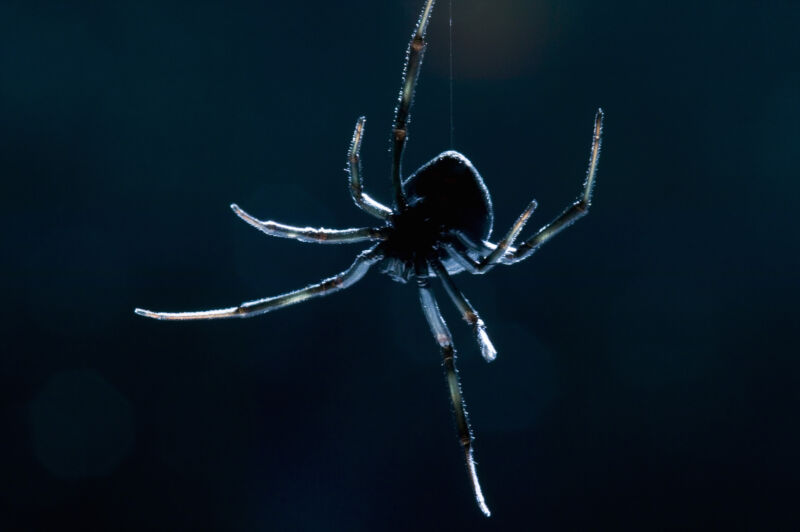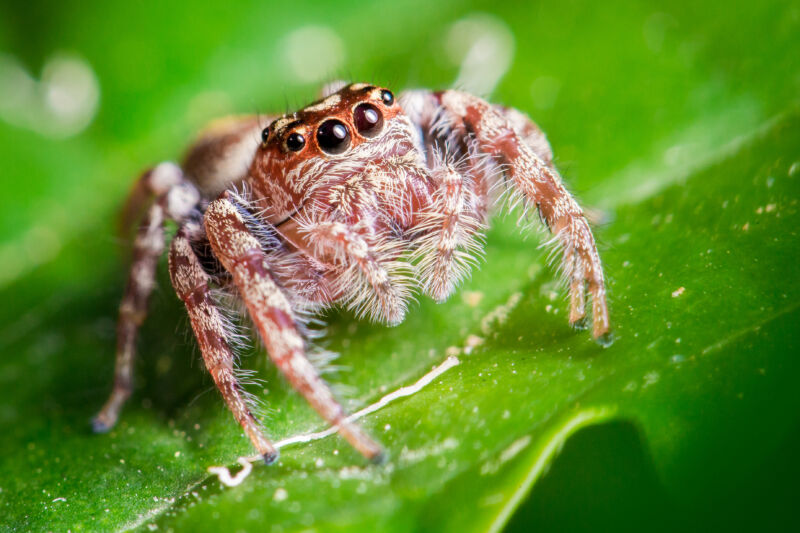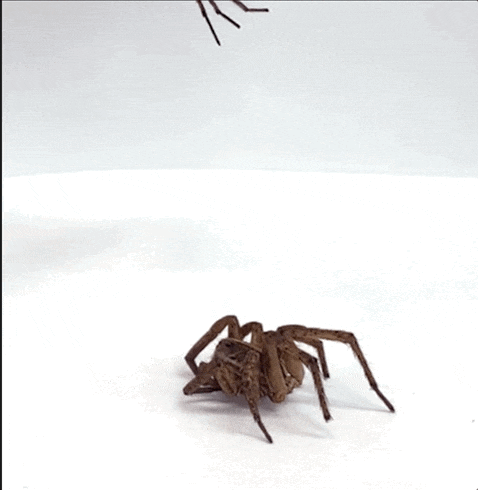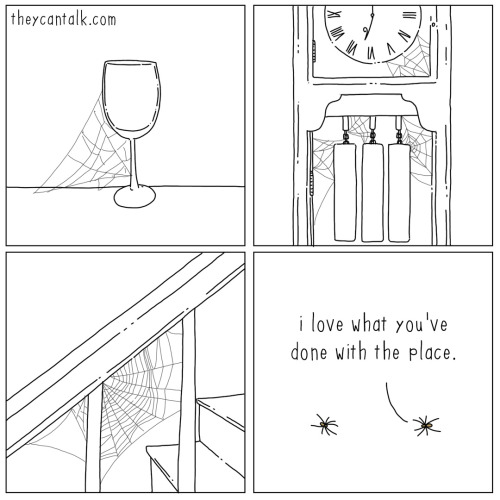-
chevron_right
New species of jumping spider found on university campus in Cornwall
news.movim.eu / TheGuardian · 10:14
Exotic spiders flourish in Britain helped by the effects of global warming and international trade
Some are small and jumpy; others are large and intimidating – if you’re a humble housefly. Exotic spiders are flourishing in Britain as international trade offers ample opportunities for spider travel and global heating provides an increasingly hospitable climate.
A jumping spider new to science has been identified living on the University of Exeter’s Penryn campus in Cornwall. The nearest known relative of the 3-4mm-long Anasaitis milesae is found in the Caribbean, making it highly likely that this tiny species – alongside 17 other non-native jumping spider species – found its way to Britain from distant climes.
Continue reading...





